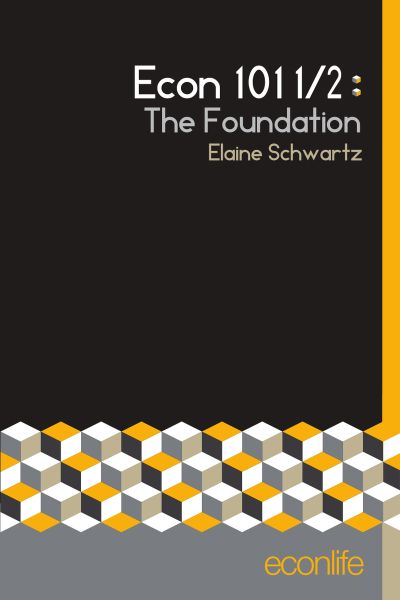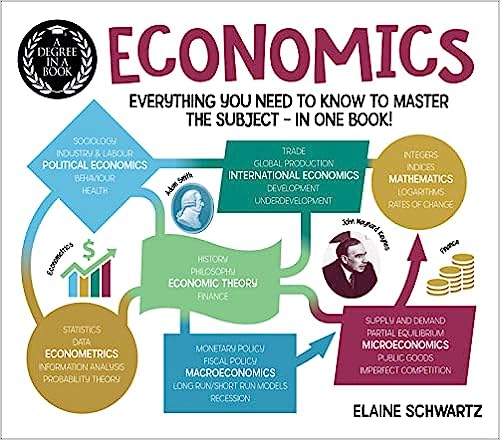When the development of cellophane let us have self-service food shopping for meat and produce, it started a retailing revolution that economists call creative destruction.
September 2019 Friday’s e-links: From the Japan World Cup to a Midwestern GM plant and Thought-Provoking econtalk
Friday’s e-links: By combining Captain Ahab’s fixation for his whale, food, and of course beer, this FT article is our update for Japan’s rugby World Cup.
The Problem With Vegan Names
With plant-based foods growing like weeds, we have to decide if their vegan names should reflect the foods that they resemble.
When Netflix Became the Designated Survivor
Continuing today, the Netflix effect began in 1997 when it began the creative destruction that eliminated some companies and produced others.
What to Expect from an Older Entrepreneur
hy Highly Successful Entrepreneurs Are Older Than We Expect
Looking At The Big Picture in the Movie Industry
While the movie industry has been disrupted by more of us watching movies and Netflix series at home, it might not be dying.
Why Guinea Pigs and Party Dresses Are Similar
Whether looking at guinea pigs or party dresses, you get rental markets when time and money make people avoid a purchase.
An Almost New Grocery Shopper
Not as devastating as the retail changes at the mall, the supermarket grocery shopper is also switching to new buying habits.
Why the Retail Apocalypse Could Be a Renaissance
Even with mall traffic declining and stores closing, retail restructuring might lead to a renaissance fueled by creative destruction rather than an apocalypse.
The Rise and Fall of Organic Milk
Like other trendy foods that temporarily attract consumers, the organic milk decline followed a surge in sales and an increase in supply.




















